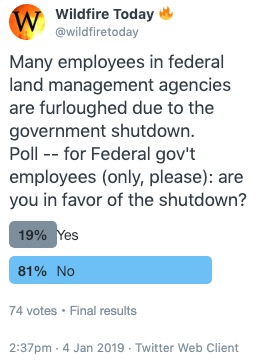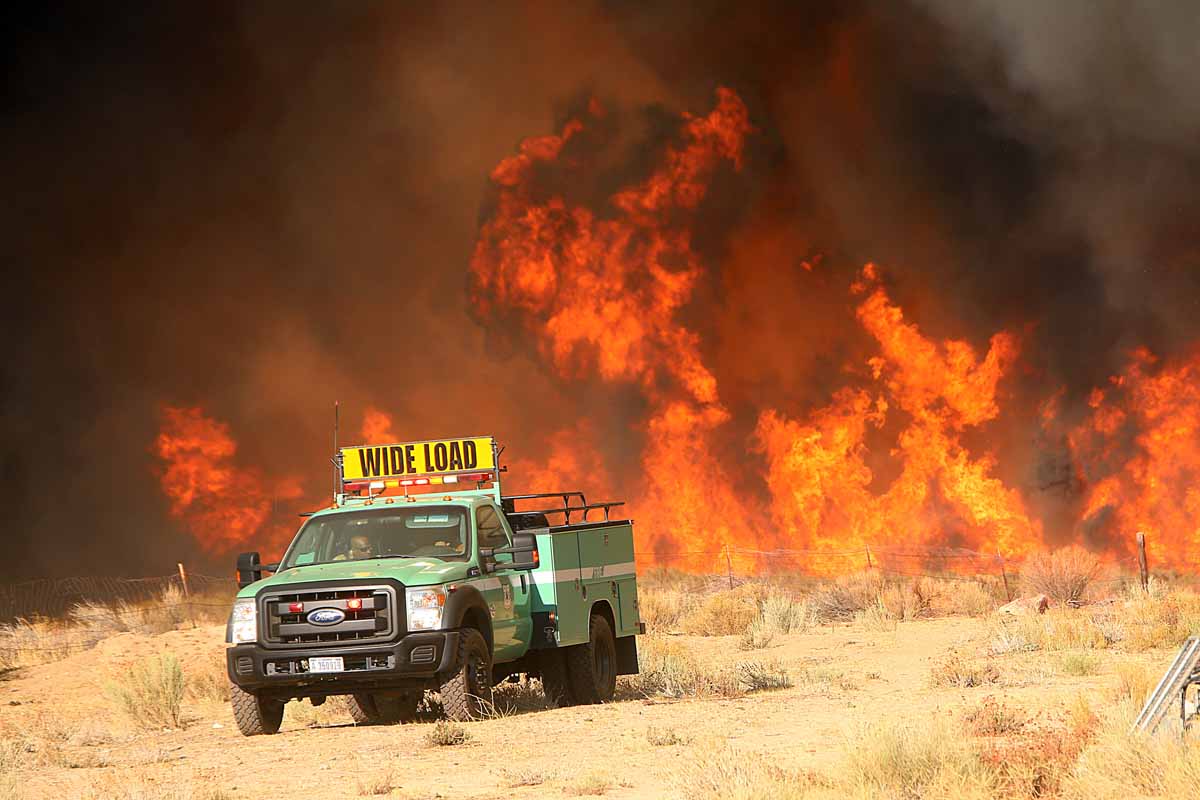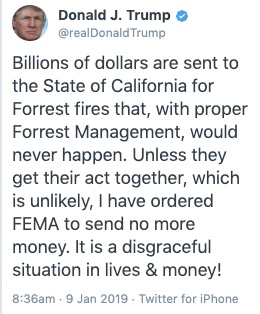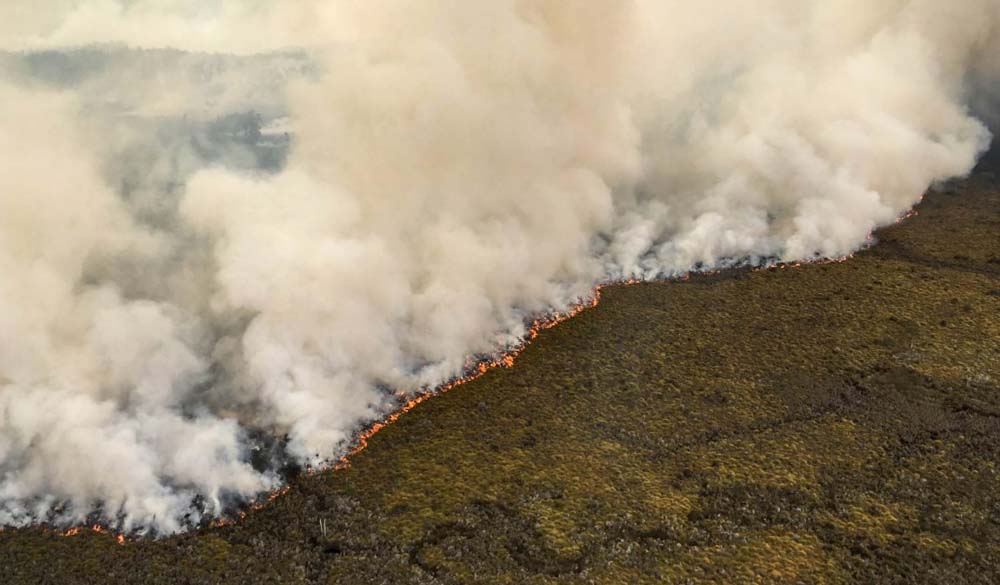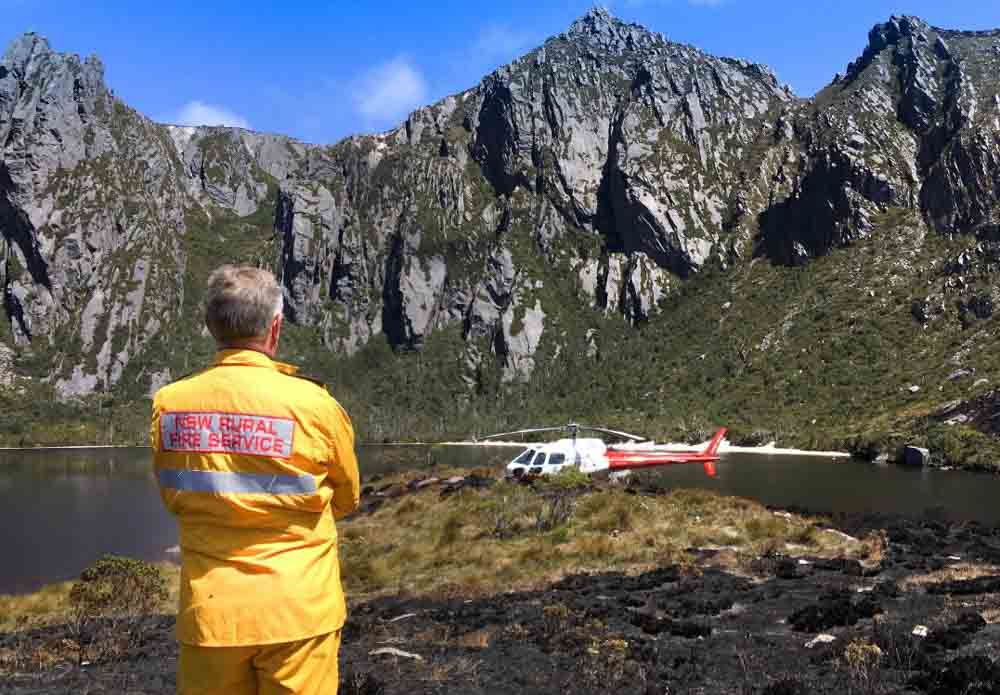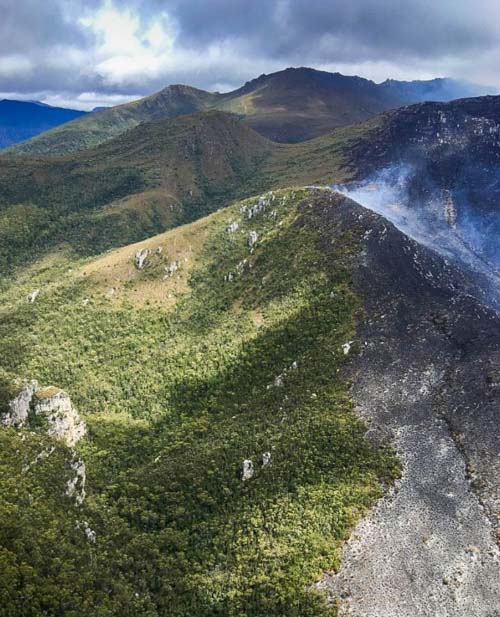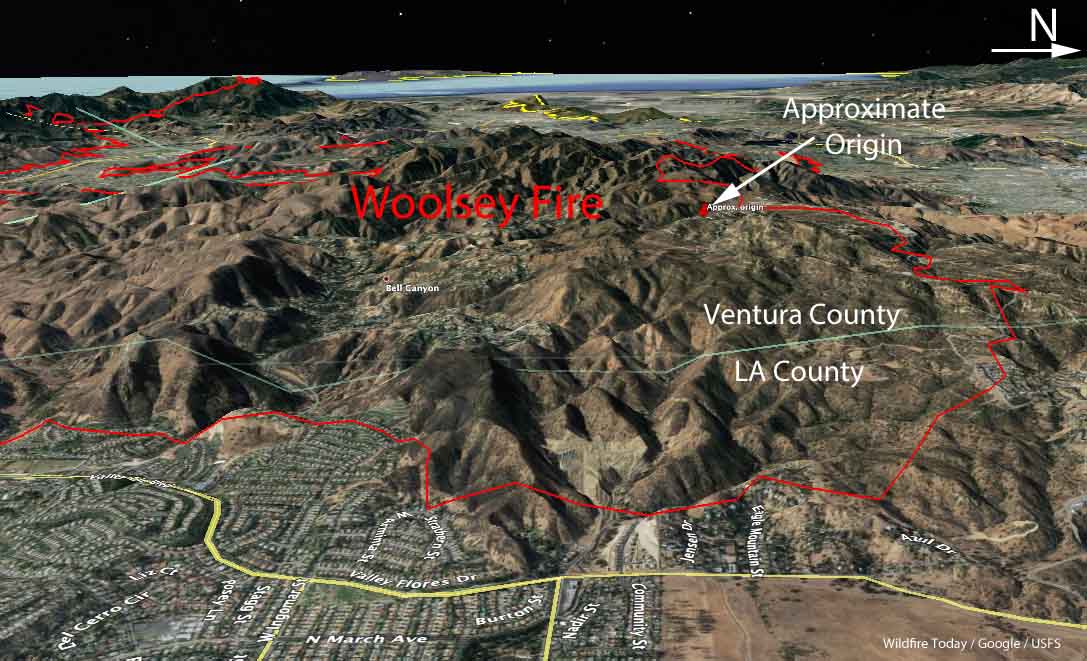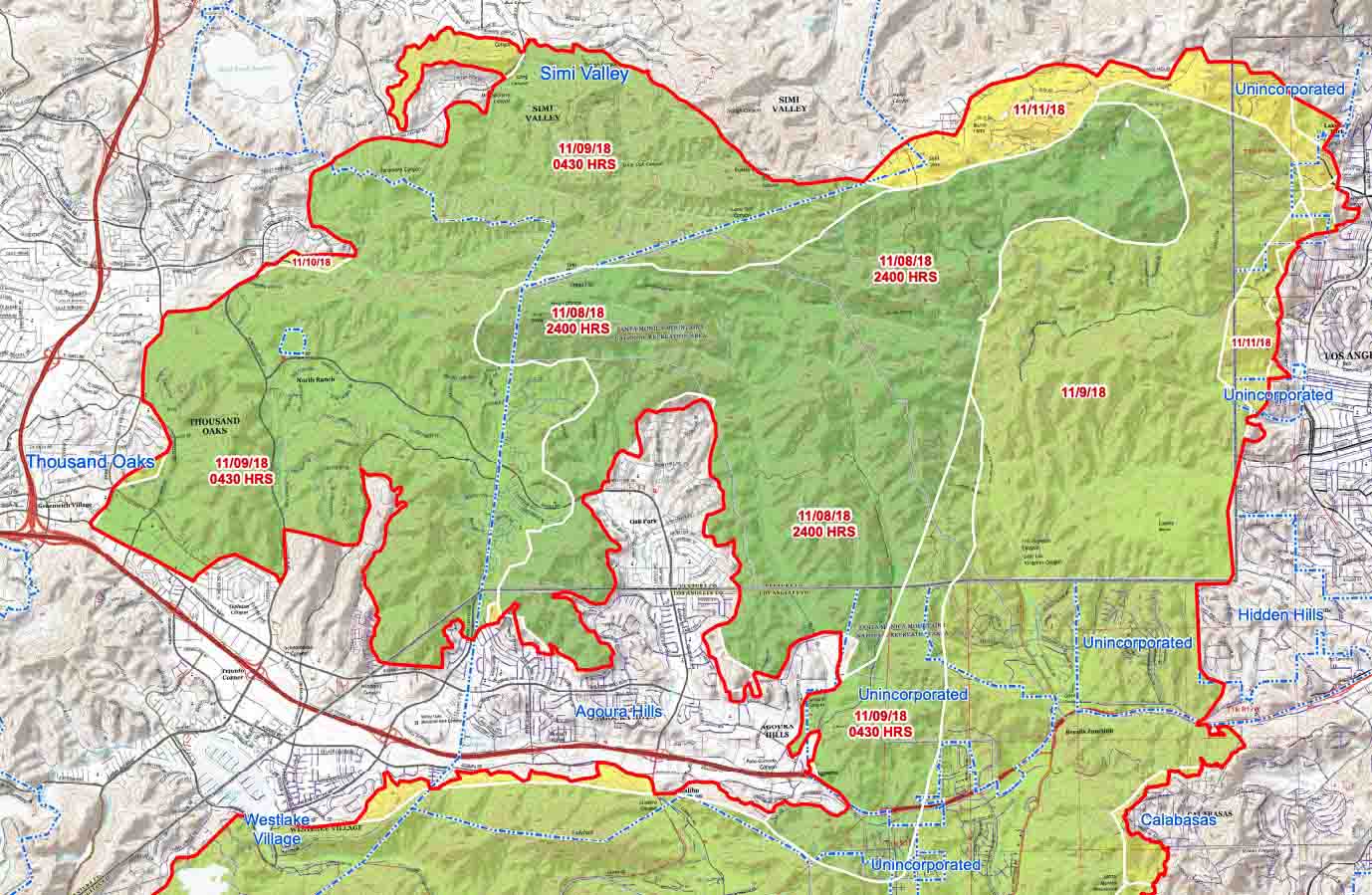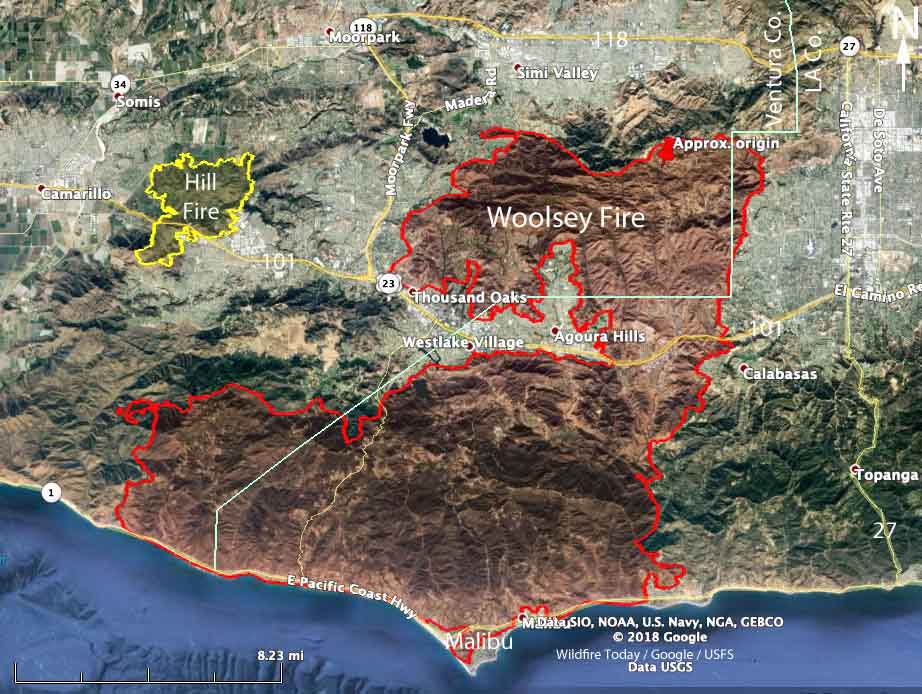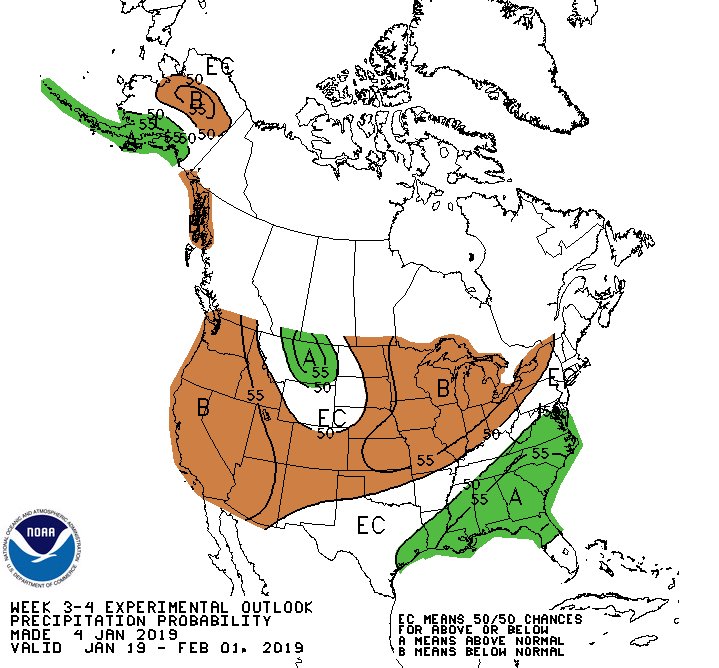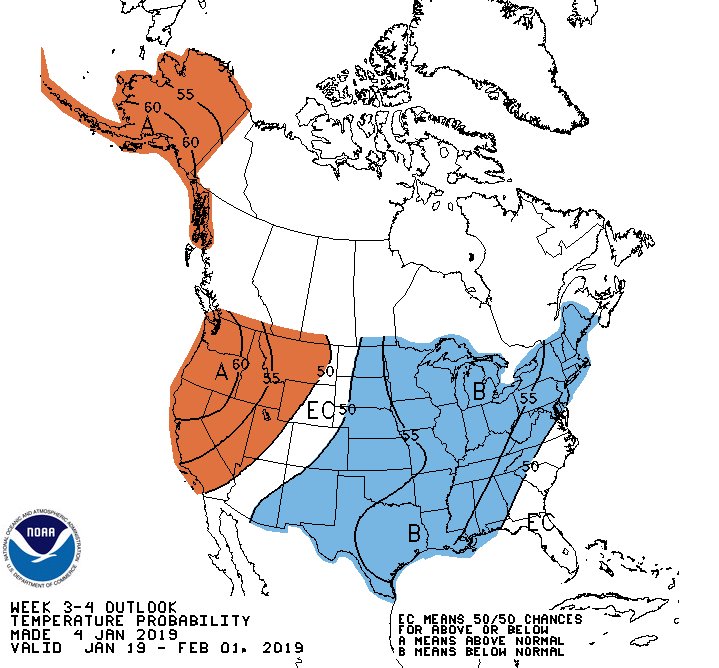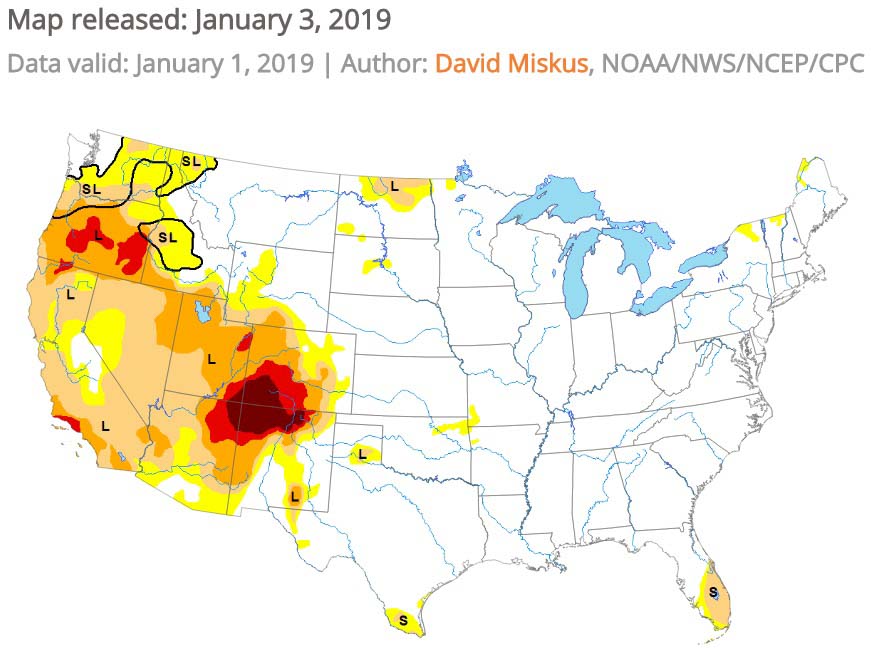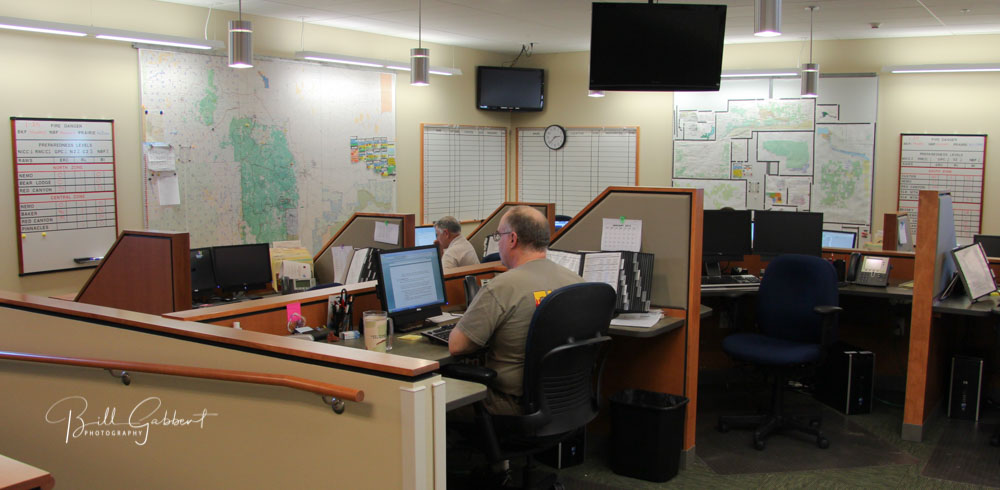
The shutdown that affects 800,000 people and their families, or 40 percent of the federal government’s full time employees, continues. A meeting Wednesday afternoon of the principles in Washington about how to find a resolution to the crisis was very brief, with no progress being made. The President said a few days ago the shutdown could last up to a year.
On January 9 we published a perspective written by a federal wildland firefighter that explained how the shutdown affected his or her family. Today we have another view. It has been lightly edited for length and readability.
A U.S. Forest Service employee in California supervising a staff that provides support for wildland firefighters told us that the shutdown could lead to retirement earlier than previously expected:
“Thanks for digging into this and making folks aware”, the person wrote. “I am not politically active because I can’t be. We have been reminded that under this Administration we are under rules to not engage. We don’t have a voice and can’t speak out. Many of us are very frustrated with the way we get treated as hostages.
“I am pretty fed up with this BS. My contracts are now a mess. My contractors are about to run out of work — they will never get back pay. They are the ones that really get screwed.
“My bank is allowing interest free “furlough” loans with deferred repay for 90 days. I am taking advantage of this so I can hold out. Many others are signing up for unemployment now if they don’t have a bank as nice as mine. Some banks are attempting to make money on this with absurd costs for a loan.
“Most of us take a federal job because we care, it’s not to make money, it’s to make a difference. I know I can make thousands more elsewhere, but I love my job and I respect the work I do to protect the tax payers money. I pay taxes too. As I look to close out my career, I hope that politicians will stop using staff as pawns.
“Most Federal employees don’t make much money. They live pay check to pay check and worry about family and friends. They commit to volunteer work and support others when they are in need. It is not our choice to be off. Getting paid afterwards is an embarrassment, so much so that many of us put in 100’s of extra hours to make up the lost days. In all of the previous furloughs where we were paid afterwards I spent many hours catching up.
“A lost paycheck can impact your mortgage, credit card payment, utility bills, rent, etc. it takes up to a month to get any back pay, if it comes through, this is never guaranteed. What if you or your loved ones are sick, or you are supporting sick kids, aging parents, or friends that have lost everything? Many Federal employees lost their homes this year in fires, yet they continued to go to work with the only clothes they had — to help the recovery process. They fought fires to save other’s homes, while their own burned and their families were at risk. They continue to rebuild their communities while being on furlough. That is commitment — this is how they get treated.
“Sadly this will lead, again, to loss of quality staff, fed up with being treated as a pawn in high politics. Some will retire, some will go find other jobs, morale will again be terribly low — we don’t recover easily from these things. When you treat your staff like crap it is really hard to bring them back to feeling good about what they do.”


